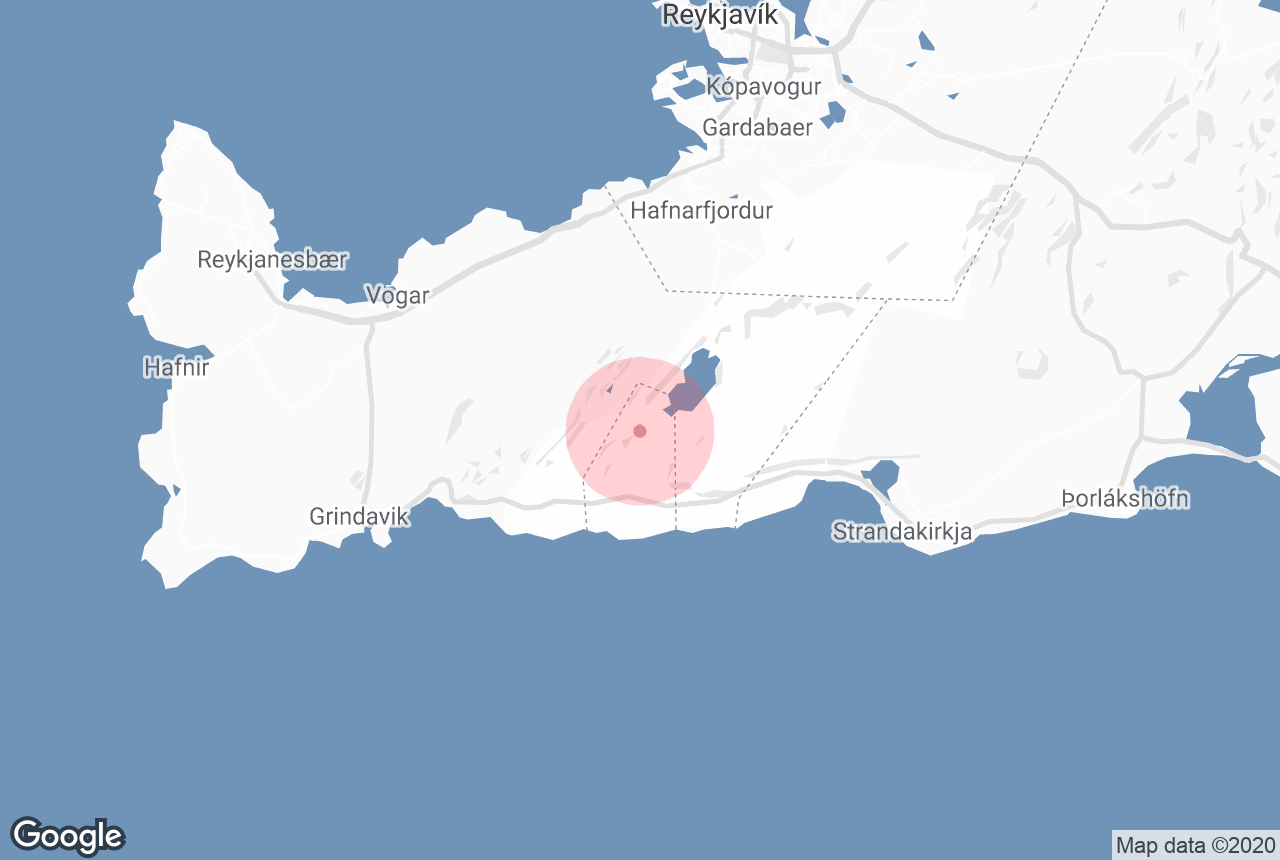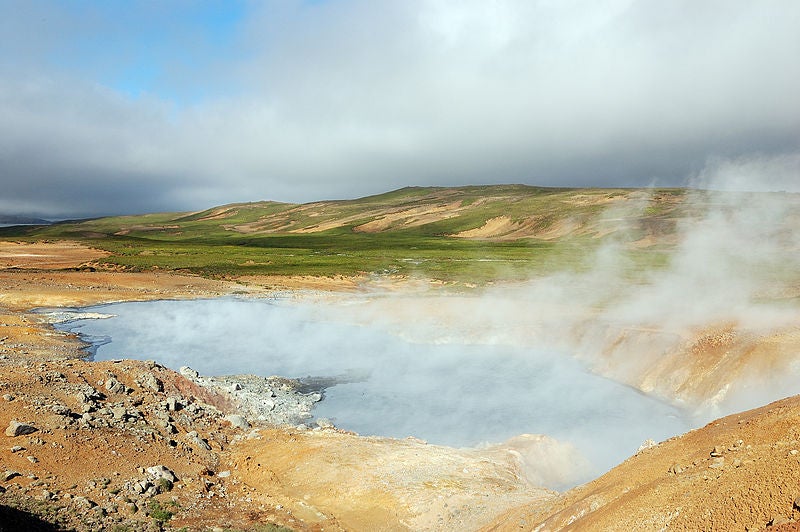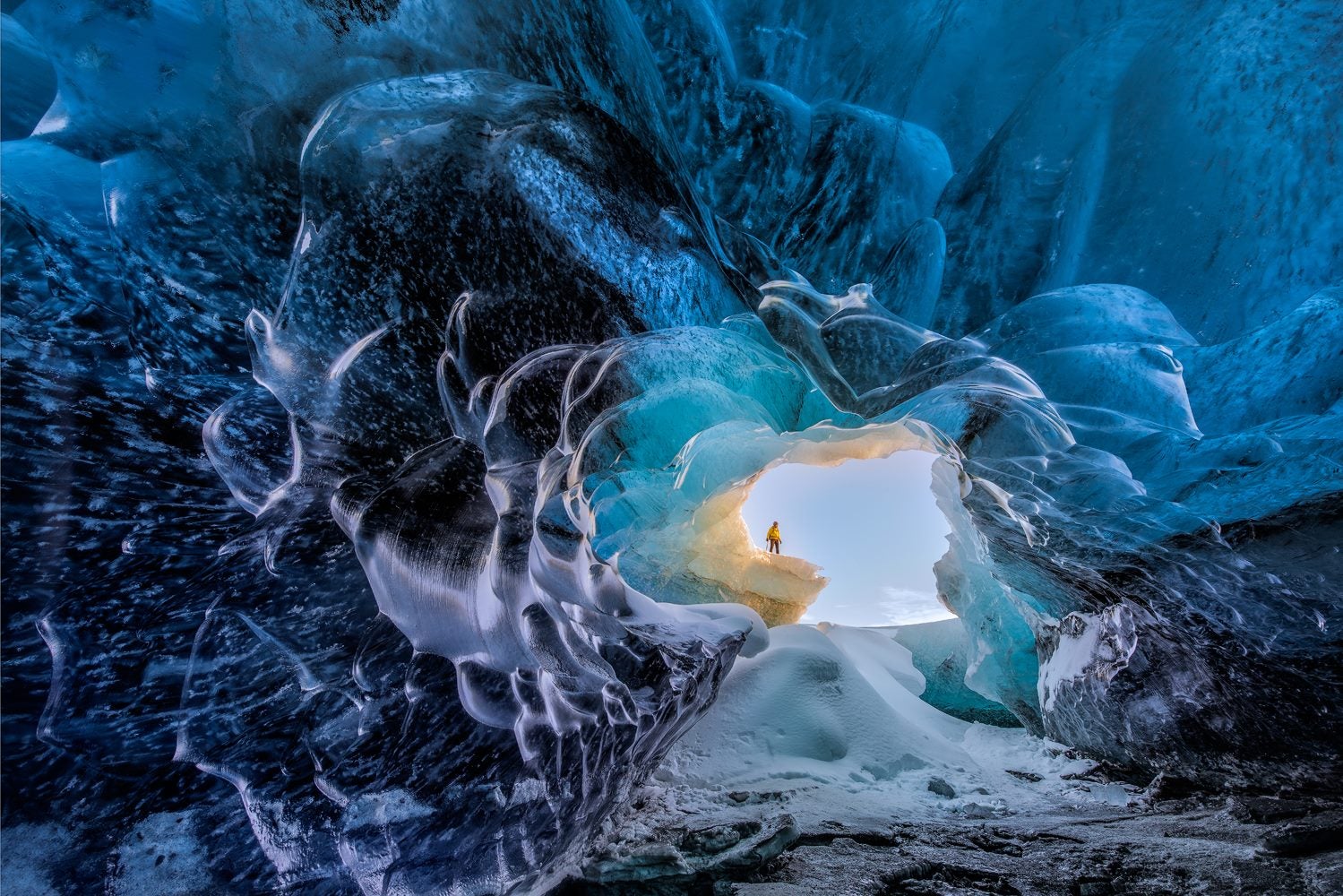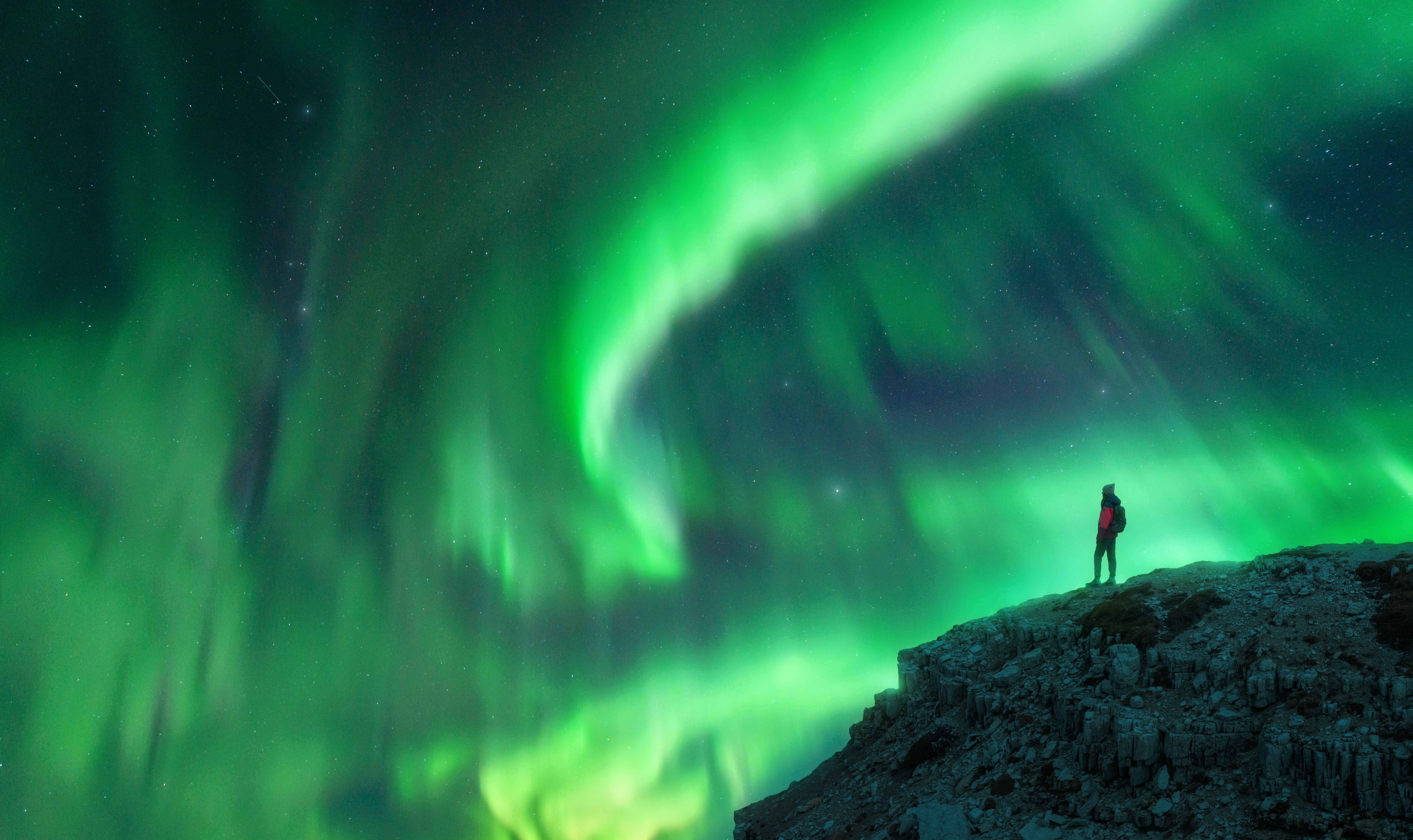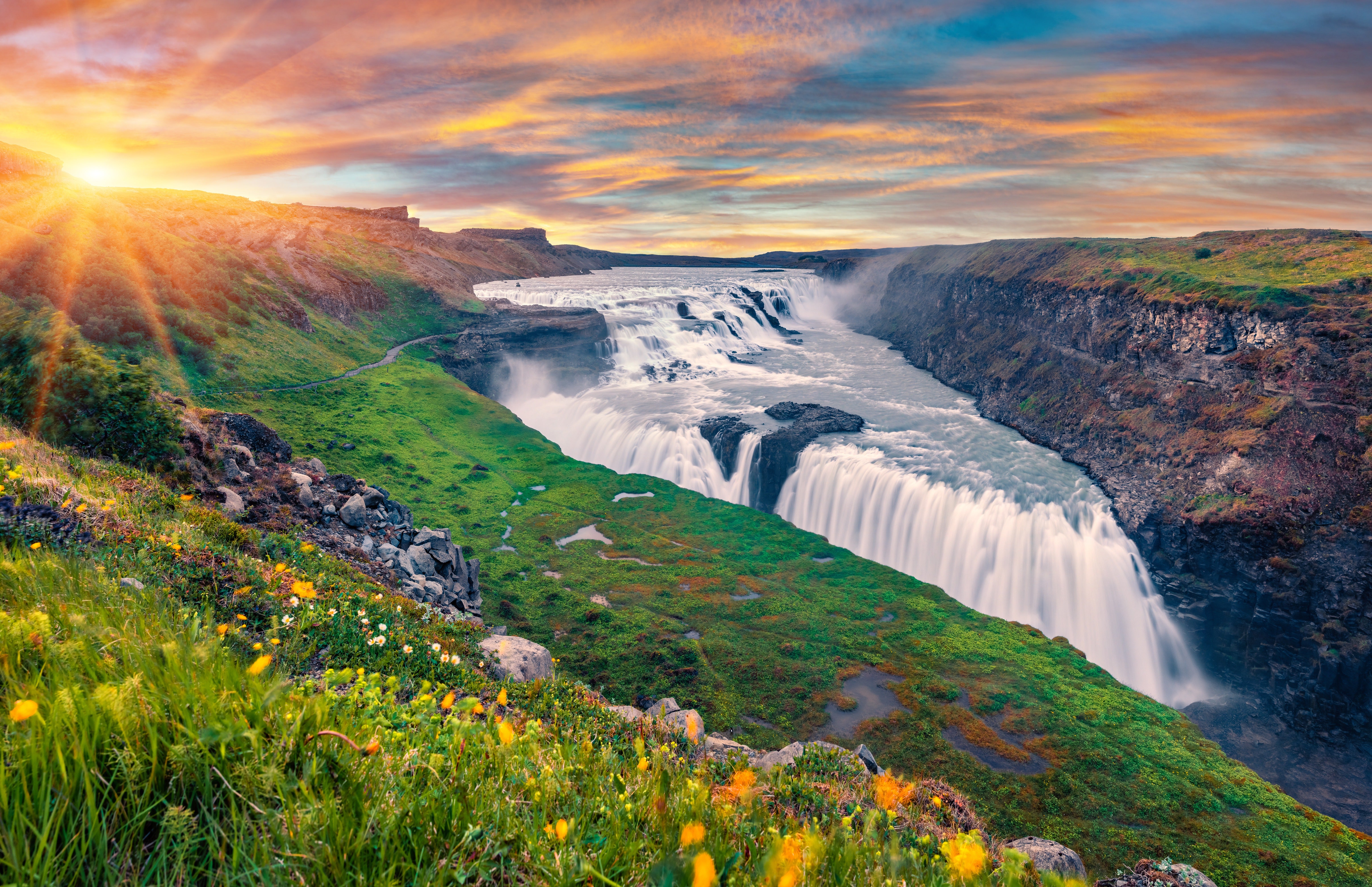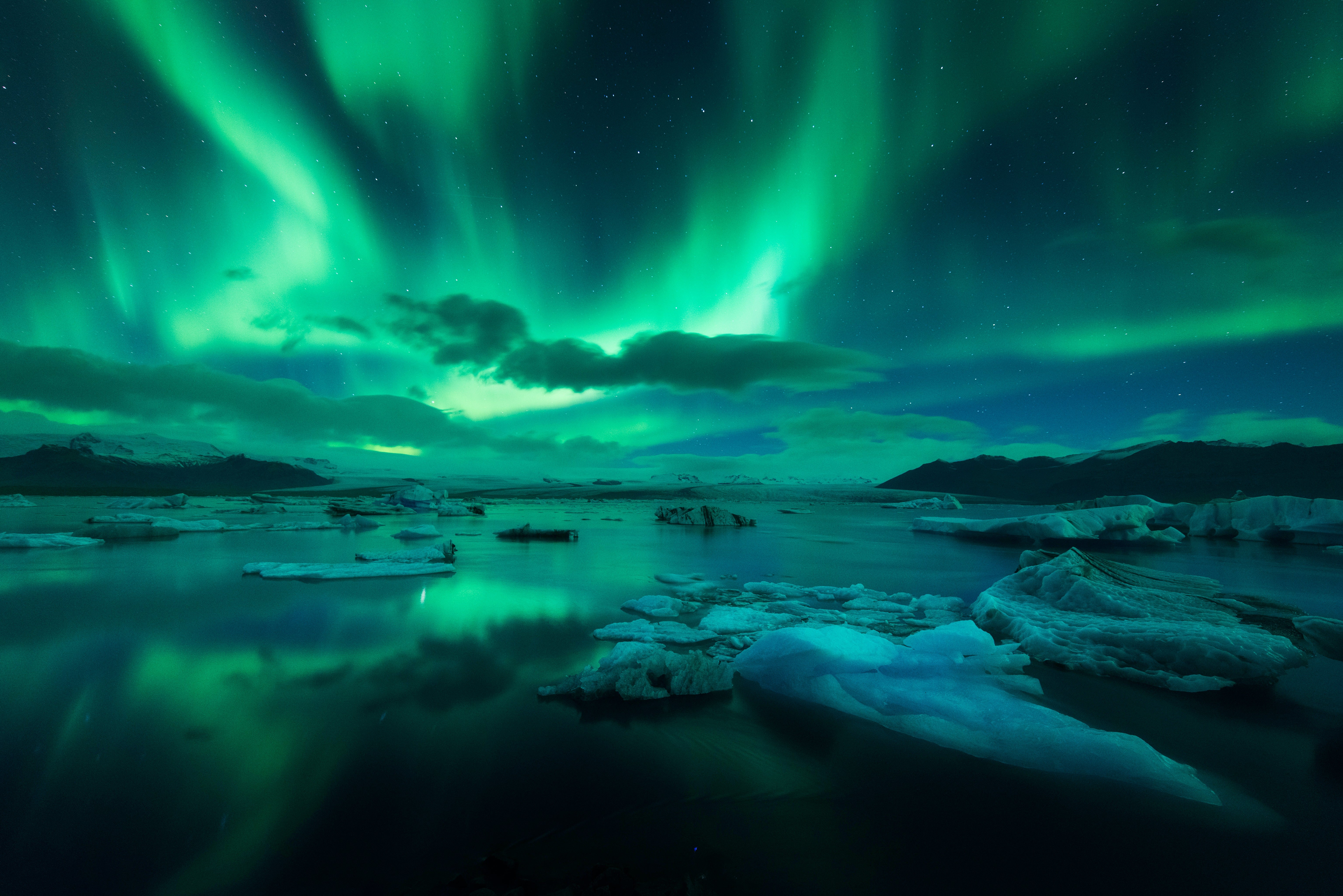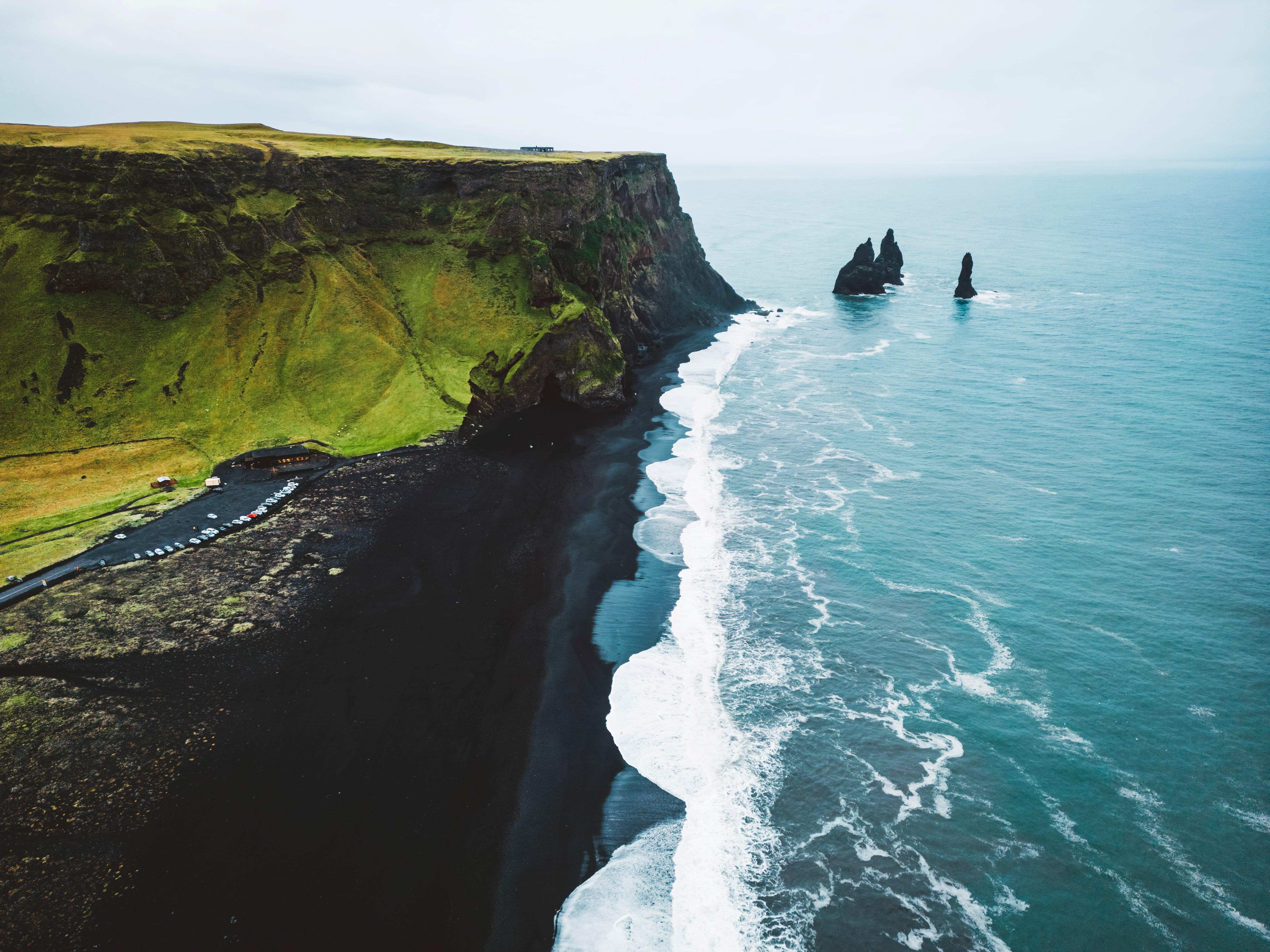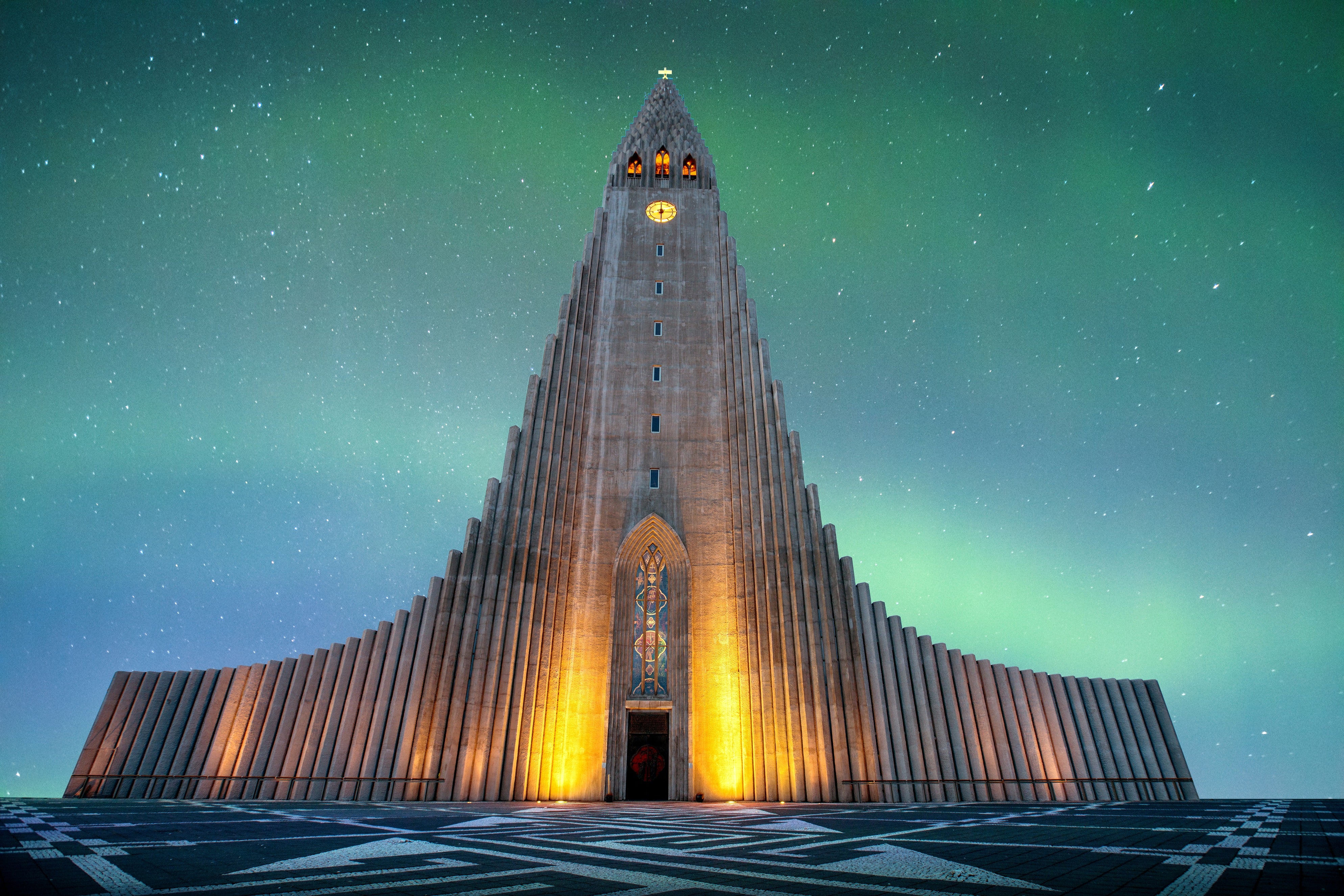Seltún Geothermal Area is but one part of the much larger geothermal area, Krýsuvík, located on the Reykjanes Peninsula, Iceland.
Visitors to Seltún will be taken aback by how much the area resembles a lunar landscape; with red, Mars-like gravel and steaming vents, the area is dotted with bubbling pools of mud, fumaroles and hot springs. There are well-maintained wooden walkways around the springs from where you can observe.
Pourquoi Notre Contenu Mérite Votre Confiance
Guide to Iceland est la plateforme de voyage la plus fiable en Islande, aidant chaque année des millions de visiteurs. Tous nos contenus sont rédigés et vérifiés par des experts locaux qui connaissent parfaitement le pays.Comptez sur nous pour des conseils de voyage précis, actuels et fiables.
The sediments excreted by such hots pools range in colour from red, orange and green, creating a dazzling kaleidoscopic effect on the ground and surrounding hills. The reason for this geothermal activity is because of Krýsuvík's location in the middle of the fissure zone on the Mid-Atlantic Ridge.
The German scientist, Robert Bunsen, proposed his thesis on the formation of sulphuric acid after visiting the geothermal field in 1845.
